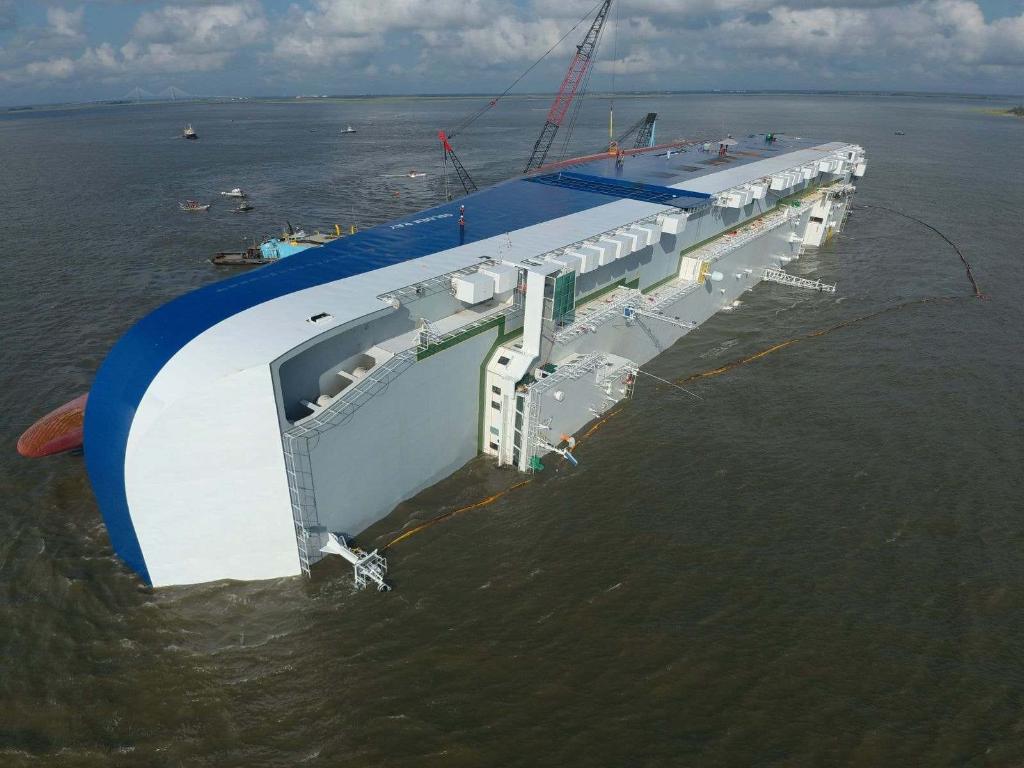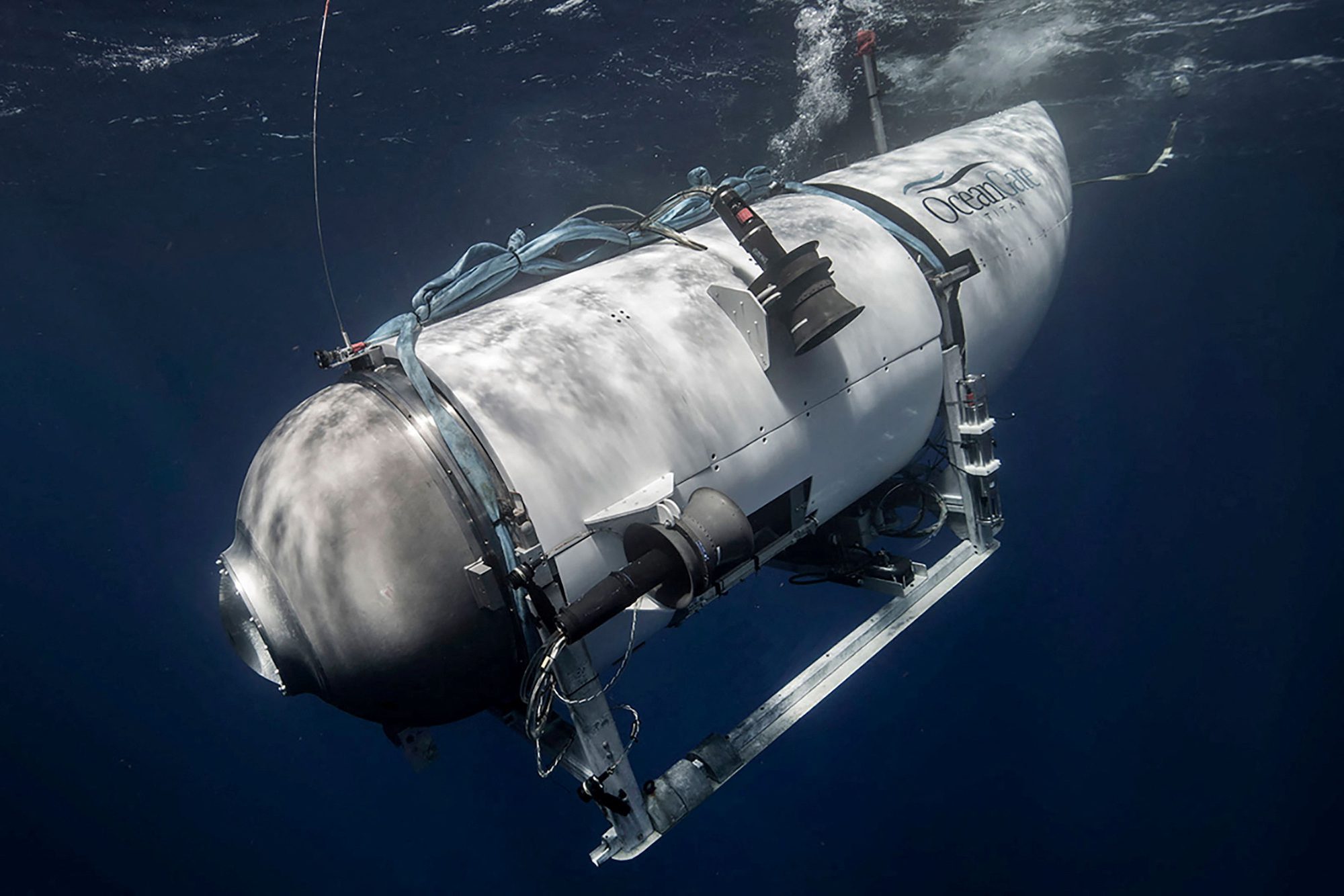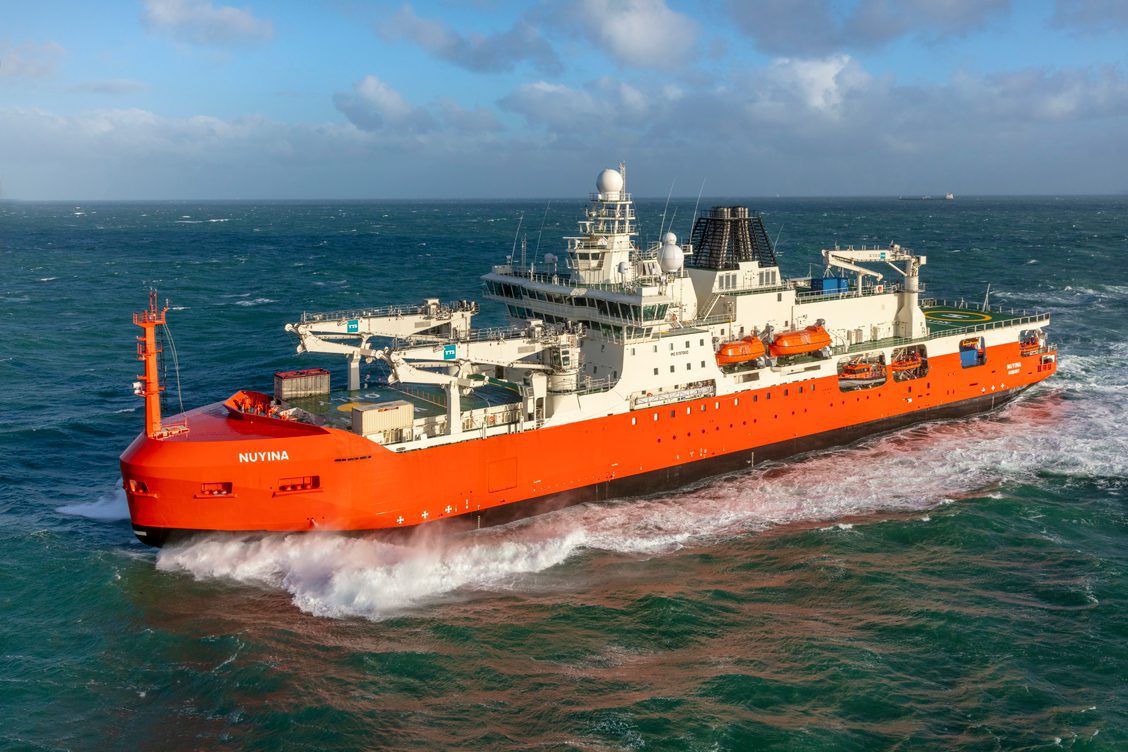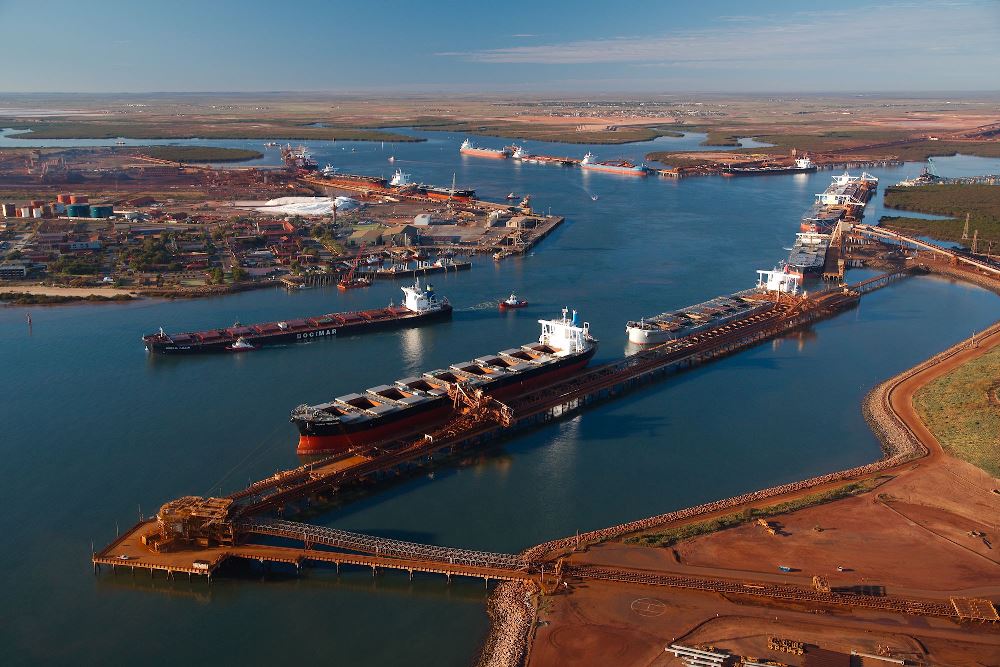Responders with the unified command reposition boom around the motor vessel Golden Ray Oct. 1, St. Simons Sound, Brunswick, Georgia. Photo: St. Simons Sound Unified Command
The U.S. Coast Guard has announced a formal public hearing into the September 2019 capsizing of the vehicle carrier Golden Ray in Georgia’s St. Simons Sound.
More than a year after the incident first began, the vessel remains capsized in the sound as the cutting and dismantling operation is on pause until after hurricane season.
Participating in the hearing is the U.S. Coast Guard, National Transportation Safety Board, Republic of Marshall Islands Maritime Administrator, and the Korean Maritime Safety Tribunal.
The hearing will consider evidence related to the capsizing, focussing on the condition of the ship prior to and at the time of the casualty; ship, owner, and operator organizational structures and culture; the regulatory compliance record of the vessel; and the loading process for the port of Brunswick.
The hearing is scheduled for seven days starting September 14 in Brunswick, Georgia, and will be broadcast live to the public, as well as recorded. The Coast Guard has established an email address ([email protected]) for the public and interested parties to provide information, ask questions, and make comments related to the ongoing investigation and scheduled hearing.
Golden Ray Capsizing
The capsizing and grounding of Golden Ray and a subsequent fire occurred off the coast of St. Simons Island September 8, 2019, shortly after the ship departed the Port of Brunswick with approximately 4,200 vehicles parked inside. All vehicles remain inside the ship’s cargo holds.
Initially, four to the ship’s 24 crew members were missing, but they were later located and rescued after some 30 hours stuck inside the vessel.
Top officials at the Port of Brunswick have publicly commended the Brunswick Bar pilot for his efforts in preventing an even worse disaster by for his decision to intentionally ground the Golden Ray after it had lost stability
Golden Ray Salvage
The salvage of the vessel has been estimated to cost $400 million, making it one of costliest commercial salvage jobs in U.S. history.
The operation will involve cutting the wreck into large sections and removing them using the heavy lift catamaran VB-10,000, which remains on stand-by in Fernandina, Florida.
The cutting and lifting operation has been on hold since July due to combined impacts of hurricane season and the COVID-19 pandemic. The incident command in July said 10 workers had tested positive for the virus out of the 300 or so working on the project.
An environmental protection barrier has been constructed and remains around the wreck to mitigate pollution to the surrounding waters. The cutting and lifting operations are anticipated to take eight weeks once started, barring any unforeseen circumstances.

 Join The Club
Join The Club











